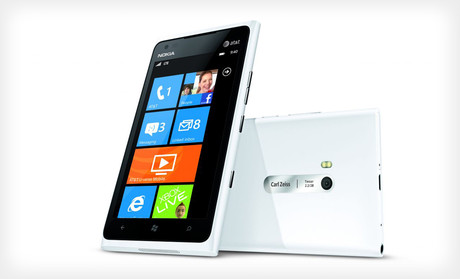 Nokia has begun rolling out the long-awaited Windows Mobile 7.8 update to its first-generation Lumia series of Windows Phone 7 smartphones in the 900, 800, 710, and 610.
Nokia has begun rolling out the long-awaited Windows Mobile 7.8 update to its first-generation Lumia series of Windows Phone 7 smartphones in the 900, 800, 710, and 610.
The rollout will be completed over the month of February, with carriers confirming their own scheduled rollout within the next few weeks. The update will be rolled out over Zune desktop for Windows or Windows Phone Connector for Mac.
The Windows Phone 7.8 update is mainly a cosmetic update for Windows Phone 7 smartphones that features the homescreen from Windows Phone 8, including resizable Live Tiles, expanded language support and the additional Child Mode lockscreen functionality.
The update does not otherwise add any other features and is intended as a consolation update, as Windows Mobile 7 devices were ultimately left off of being updated to Windows Phone 8 due to completely revised hardware specifications and the change to the Windows desktop kernel, which the first-generation of Windows Phone devices could not run owing to their older generation processors not being able to run Windows Phone 8.
While Windows Phone 7 has been generally criticized due to its lack of marketshare and lack of consumer awareness despite having been launched in late 2010, the low marketshare belies its popularity with many owners despite being cut off from Windows Phone 8 and lacking many popular apps also owing to the low marketshare, driving away many developers from making an effort to develop or port apps to the platform.
The application situation was so dire for Windows Phone 7 that at one point, Microsoft resorted to paying developers with additional incentives in order to drive developers to develop and port apps for the platform, a practice that met with mixed results and never really drew in the flood of developers that Microsoft was initially hoping the incentives would attract.
However, with Windows Phone 8 now available, the tide does seem to be turning positively for Nokia and Microsoft, as Nokia has registered profitability thanks to its latest Lumia smartphones running Windows Phone 8, while the resurgent success of Windows Phone 8 is one of Microsoft’s few bright spots owing to the lower than expected sales for Windows 8 and the lukewarm reception of Office 2013’s new subscription model, both being the major profit centers for the conglomerate.